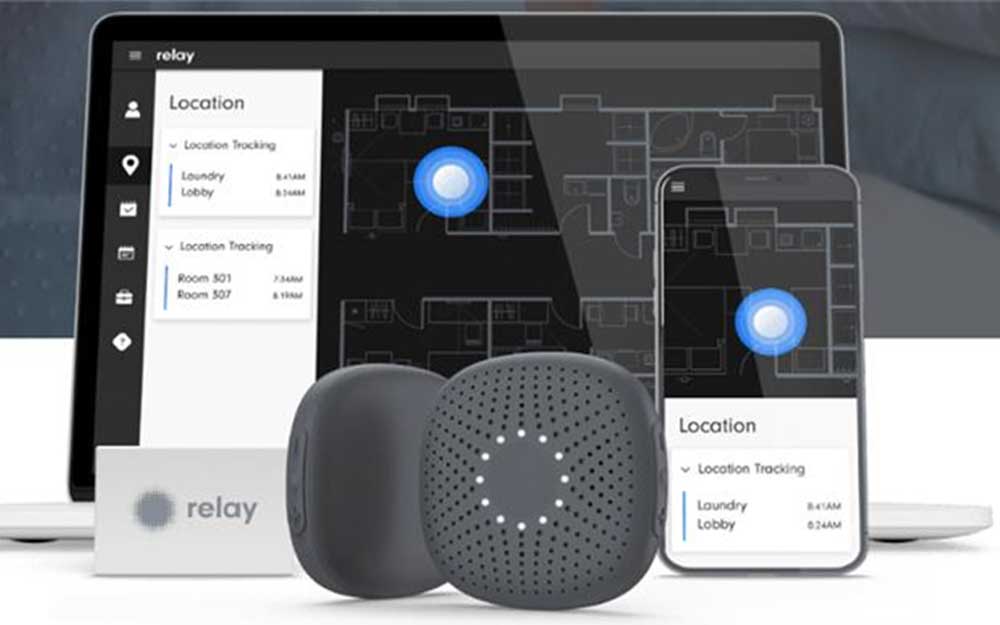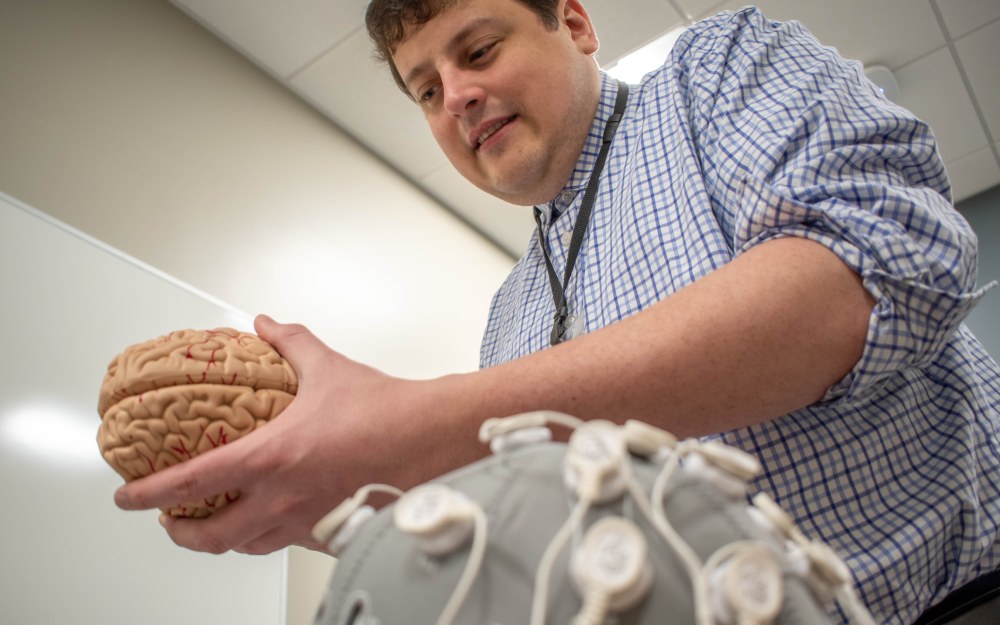
‘Relay Pro’: New communication devices to rollout to Rogers employees
03/15/24 05:30:pm
Rogers team members who are patient-facing will soon carry a new pocket-sized piece of technology, designed to improve communication in situations from day-to-day interactions to emergency responses.
Called the Relay Pro, the device features the ability to speak over different channels with teams of coworkers, individuals, or departments. Team members can also request assistance, call for panic responses, and initiate codes.
“Whether that’s a code blue or a code green, throughout all of our standard codes we have as an organization, this is a very quick way to start that alert,” says Austin Hammer, director of operations of Clinical Technology Services, adding that this will replace communicating codes through intercom systems. “The goal is to get everyone working in patient care areas to wear one of these.”
Eventually, all patient-facing team members will have their own device to be treated as part of their uniform and receive training so they’re comfortable using them.
The Behavioral Emergency Response Team members, or BERT, are among the first to get training on how to use and receive Relay Pros. At all three Wisconsin campuses in all levels of care, BERT is made up of voluntary employees who have been trained to handle a patient crisis before it becomes a code. The child and adolescent inpatient Eating Disorder Recovery team in Oconomowoc was also part of Rogers’ Relay Pro pilot.
“Using the Relay Pros allowed for nursing staff to communicate with one another if assistance was needed while providing individual care to a patient in their room and/or exam room,” says Samantha Phillips, nursing services manager. “As the devices roll out to all units, staff members are excited about the functionality they will have in increasing communication during codes, specifically code yellows.”
Relay Pros extend communication beyond building, across language barriers
Relay Pros function on a regular cell signal, so they continue to work even if you leave the building.
“If we have an elopement or we’re going outside, you can continue to use this as intended,” Austin says. “If someone calls a code yellow, we can jump on there and see where they’re going and continue to update.”
The devices have another significant feature that can enhance communication across barriers. Austin says Relay Pros can also translate a wide range of languages in real-time.
“If you have, for instance, a parent who comes into the building and they only speak Spanish, and you’re doing some real quick back-and-forth communication, we can translate through these devices,” he says.
Rogers invests in safety technology
The Relay Pro is part of a large effort toward technological safety improvements at Rogers, including the future implementation of Verkada, a security and operating system.
“Over the past year, there has been a significant focus on safety across the organization,” says Adam El-Ali, vice president of Clinical Technology Services. “I am pleased to have organizational support to bring more tools to our employees that will improve safety. Relay Pro and Verkada are some of the most recent highlights.”
Adam adds that during this quarter, they will also be working on projects to improve the residential medication administration process, enhance safety features to our rounding tools, and use technology to support in de-escalating patients in seclusion rooms.
“These best-in-class tools alone will not solely improve our practice,” Adam says. “With your feedback we can continue to refine the tools and processes to optimize their value to our patients and employees.”





